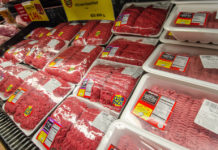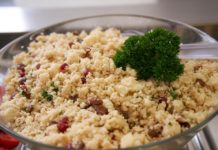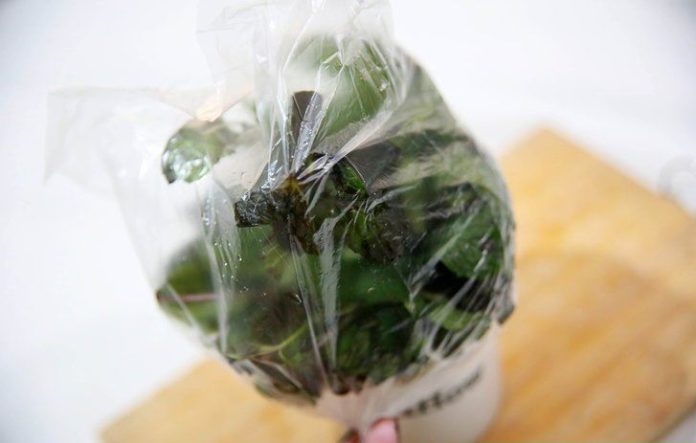Did you know that it isn’t all foods that can go in the refrigerator? Indeed, refrigeration can significantly inhibit the growth of harmful bacteria on many types of prepared and cooked foods. It is generally advisable to refrigerate food at a temperature between 35 and 38 degrees Fahrenheit (between 1 ° C and 3 ° C). Although refrigeration can reduce the deterioration of many types of food, it is not recommended for all edible foods in the kitchen.
Refrigeration helps preserve many types of food, it is not recommended for all ailments in the kitchen. Colder temperatures can change the texture and taste of many foods, and sometimes even their nutritional value. Here are 40 foods that you should never put in the fridge. If you do, we hope you have a good health insurance!
40. Coffee

If placed in the fridge, coffee will absorb all the odours from all the other foods. Unless you’re into spending some relaxing time with a cheesy, cup of joe in the morning, keep it in the pantry.
39. Basil
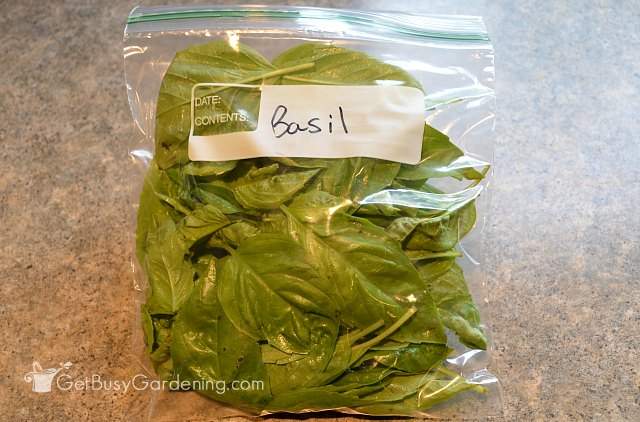
Basil is very sensitive to cold temperatures. It tends to release ethylene, which makes your other fruits ripen more easily, all while deteriorating its own leaves. So, no need of a master’s degree to understand it’s a bad idea…
38. Eggplant
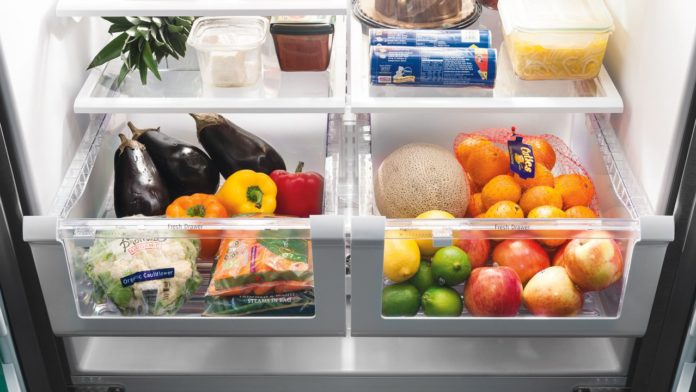
Low temperatures (under 50°F or 10 °C) can damage the texture and affect the taste of eggplant. This fruit must be kept at room temperature and far away from other fruit and vegetables.
37. Avocados
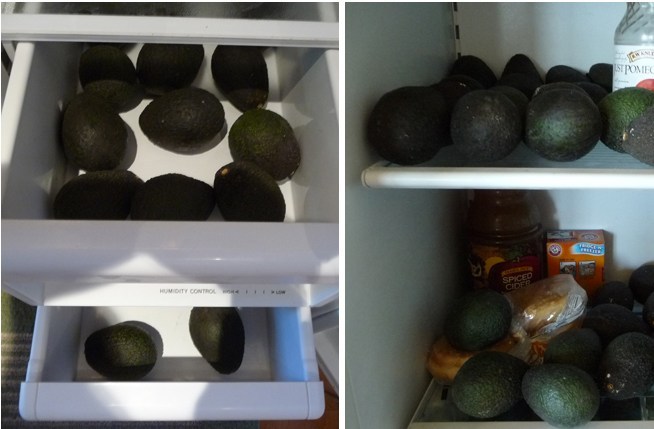
If you want your avocados to ripen so you can eat them one day, you should leave them at room temperature, in a brown paper bag that you leave open. Keep them out of the fridge unless you don’t want to eat them any time soon, but in that case, just don’t buy any.
36. Onions
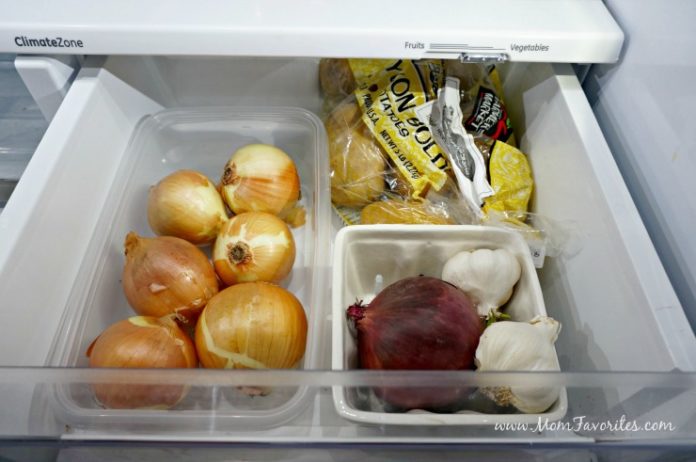
Placing onions in the fridge will make all your other foods absorb its odour and taste. It is best to keep them in your pantry or, even better, in a cold room if you have one.
35. Tomatoes
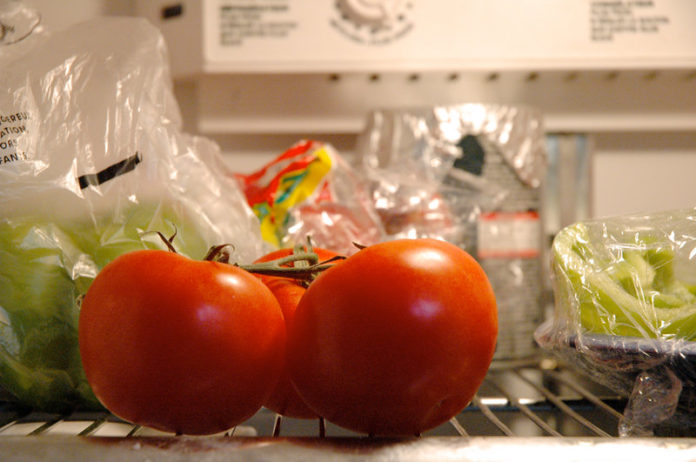
Not all tomatoes taste equal. And that might be due to refrigeration. The cold from the fridge makes them lose their flavour. For flavourful tomatoes, it is best to keep them at room temperature, close to the ground and far from the sun. You spent money on a quality product, after all, so you want it to taste as good as possible!
34. Vinegar
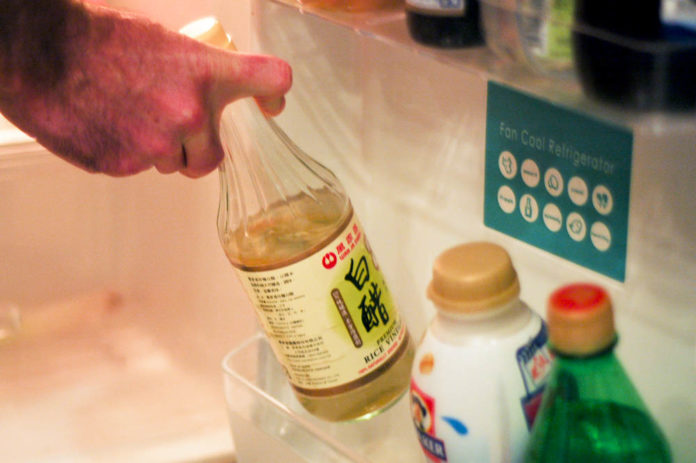
The good thing about vinegar is that it’s self-preserving. In fact, it is practically everlasting. After a long period of being stocked, white vinegar won’t change. So why take up space in the fridge? Transfer it in your pantry.
33. Garlic
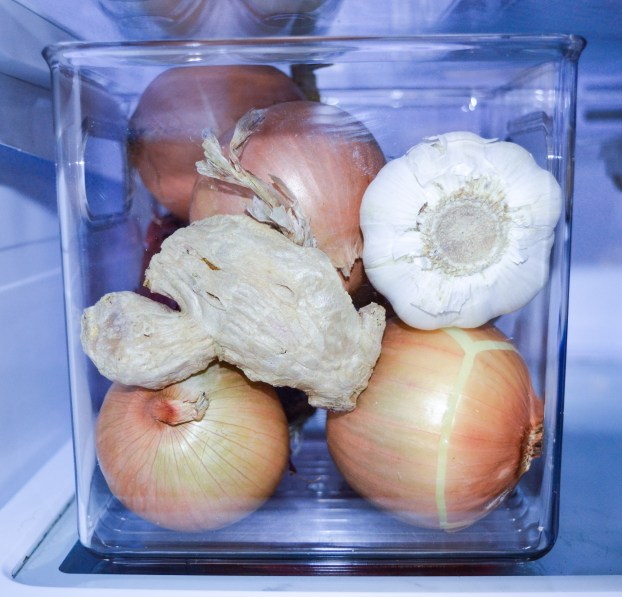
This food should be preserved in a cool and dry place. Avoid placing them in a plastic bag or a Tupperware. This will make the garlic rot and sprout rapidly. Kepp them in the cold room, next to your onions.
32. Peanut butter
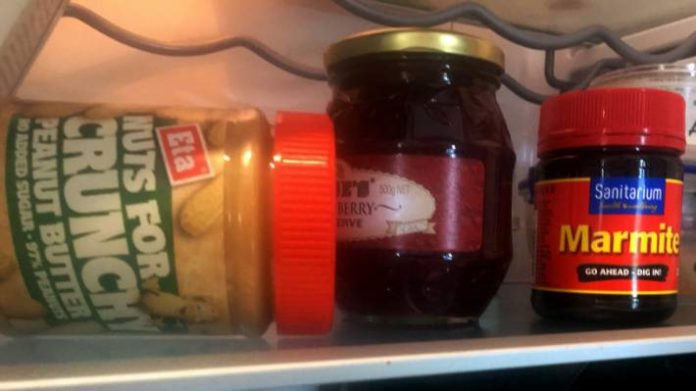
Peanut butter lasts forever, so leave it in your pantry. It is even better if you place it upside down to preserve its freshness or else the oil could rise to the top after a while.
31. Olive oil
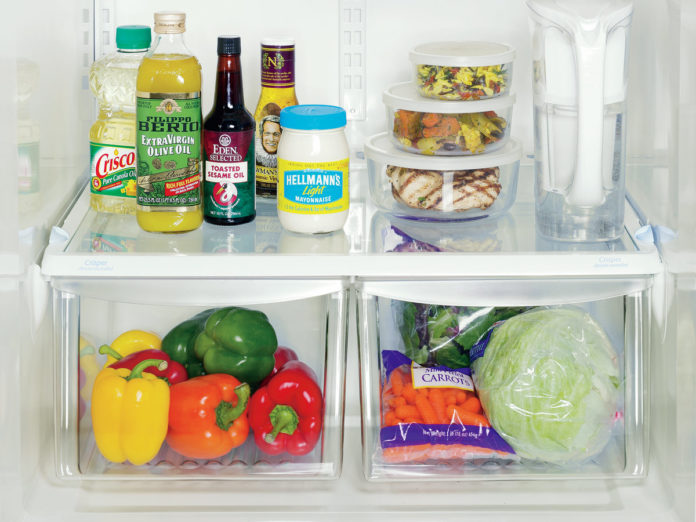
The refrigerator is not a place for olive oil. You should leave it in your pantry. Otherwise, it will take a butter-like consistency.
30. Potatoes
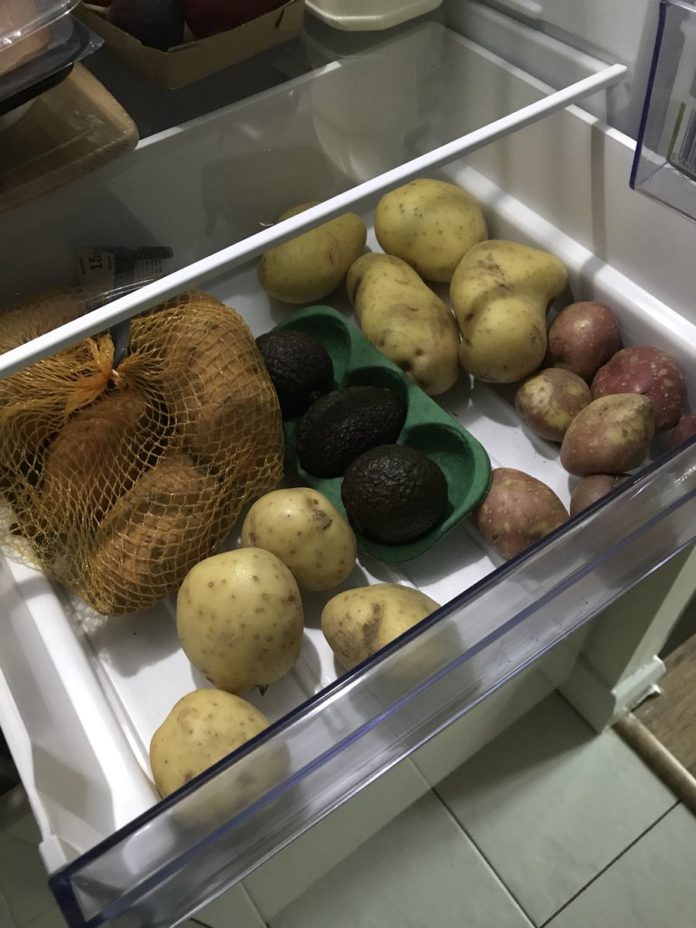
Potatoes should be kept in a cool and ventilated place. Don’t put them foods in the fridge. They should be keeping company to the onions and the garlic. After all, they weren’t in a fridge when you buy them, right?
29. Pickles
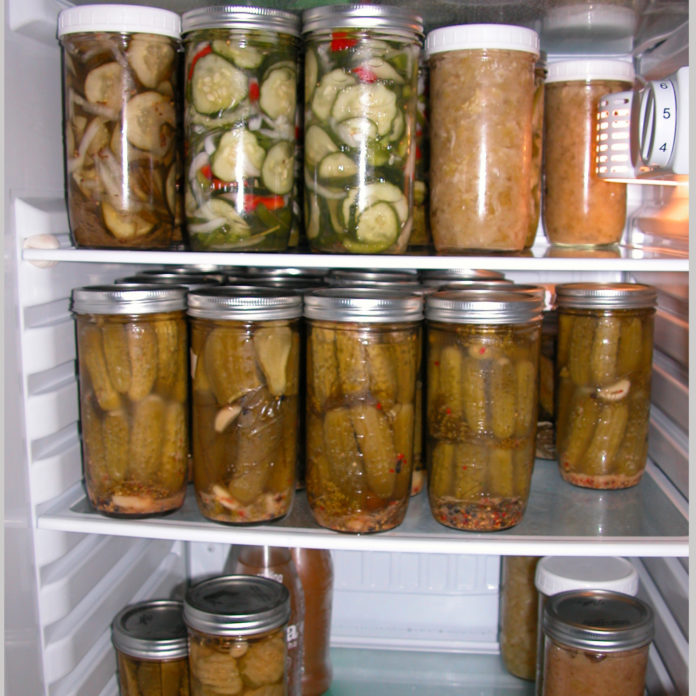
People tend to refrigerate pickles, even though it is not necessary. The whole point of pickles is that it is easily preserved. Keep them in the pantry, unless you like to eat yours cold.
28. Donuts
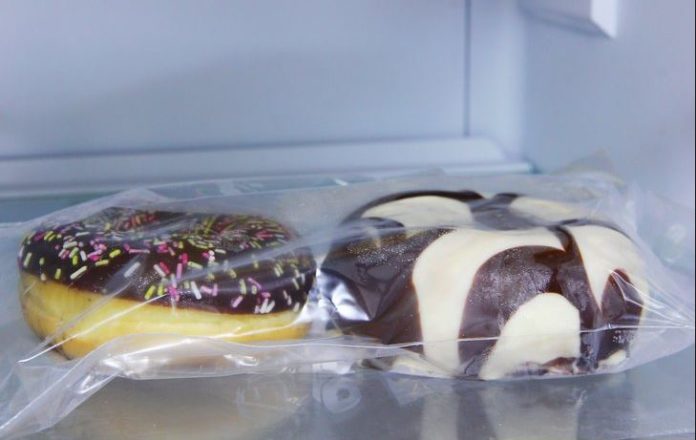
Donuts can become bland and even soggy if they are kept in the fridge. They will stay fresher if they are kept at room temperature. In fact, they should be eaten the day they are bought. What are leftover donuts anyway? You buy them today, you eat them today, simple as that.
27. Mustard
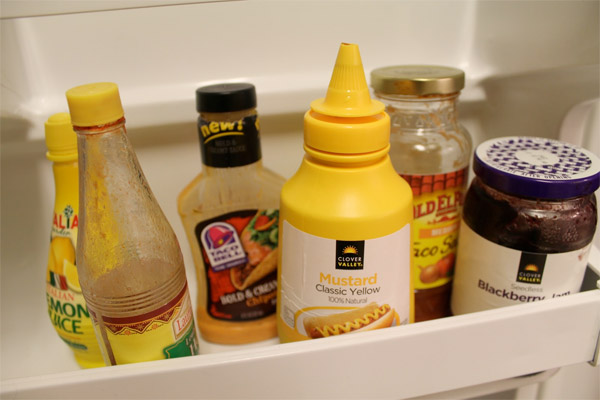
Like ketchup, there is acid in mustard that acts as a natural preservative. Mustard can be conserved for a month in the pantry. But you might want to trust the packaging on that one.
26. Aged cheese
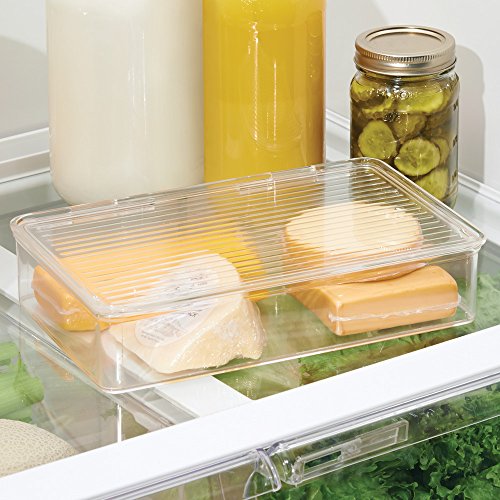
The difference between aged cheese and other types of cheese is its ripeness. This process usually takes 6 months. If put in the fridge, these types of quality cheeses tend to get too firm.
25. Canned tuna
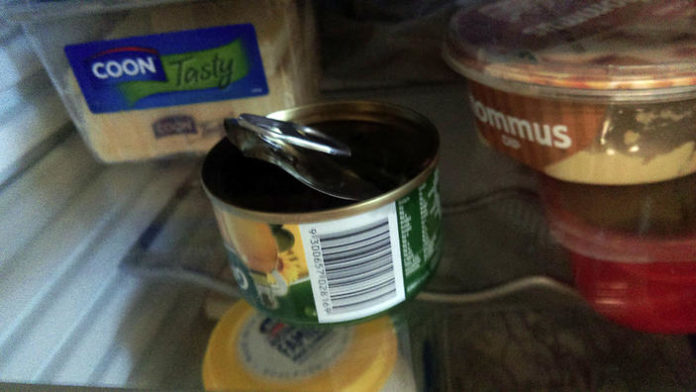
An unopened can of tuna has to be kept in the pantry. Not only does it taste better at room temperature, but the cold might give it a metal aftertaste.
24. Butter
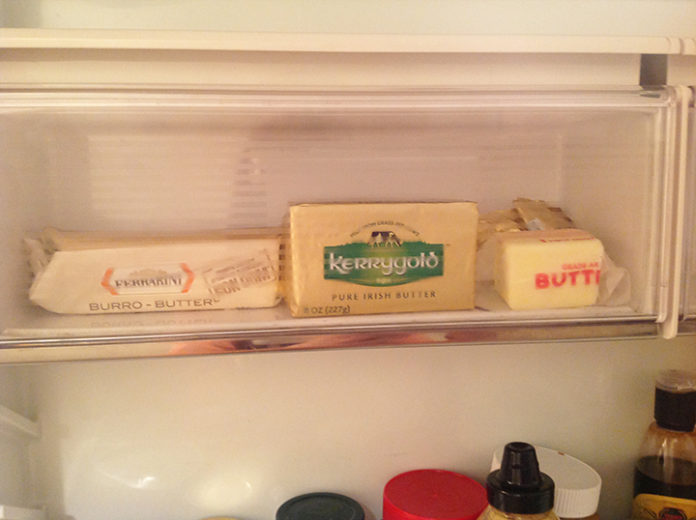
What’s more annoying than hitting your knife on rock hard butter? Destroying your piece of bread while trying to spread cold butter on it. Just keep it covered in the pantry. It will taste better, facilitate your life and keep just fine.
23. Molasses

Molasses doesn’t need to be kept in the fridge. Of course it does not. Even someone with no degree at all should know that. The thing can be kept in the pantry for years and still be eaten without any problem. Also, you don’t want it to get cold and hard.
22. Bananas
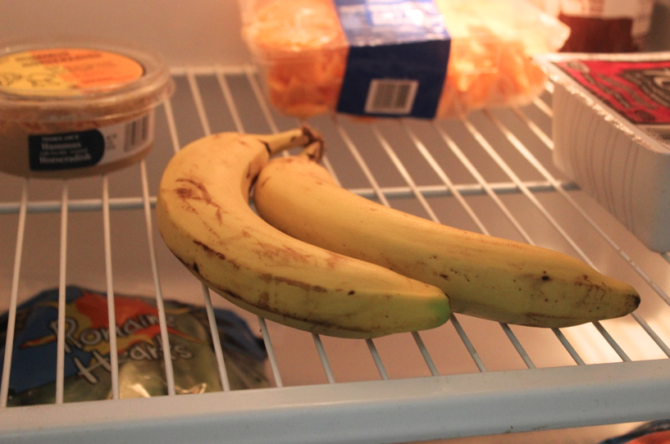
Like all exotic fruits, bananas are not used to cold environments. It is logical to keep them at room temperature. In addition, avoid overexposing them to daylight.
21. Chocolate
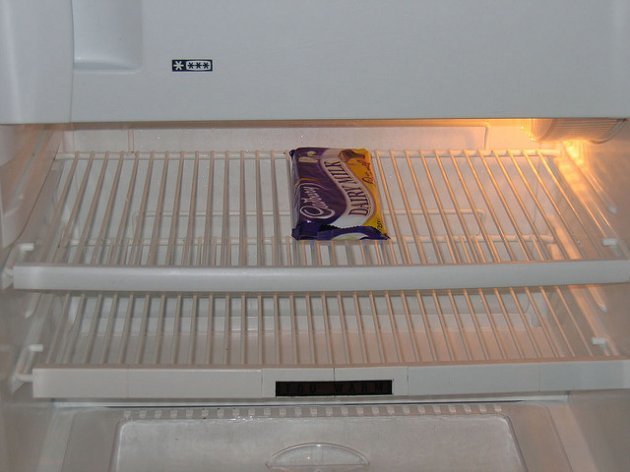
So people enjoy the additional crunch of cold chocolate. Free to them to throw a bar or two in the refrigerator. Know however that this practice will make it lose some of its taste. So maybe reserve this treatment to lower quality chocolate.
20. Cucumber
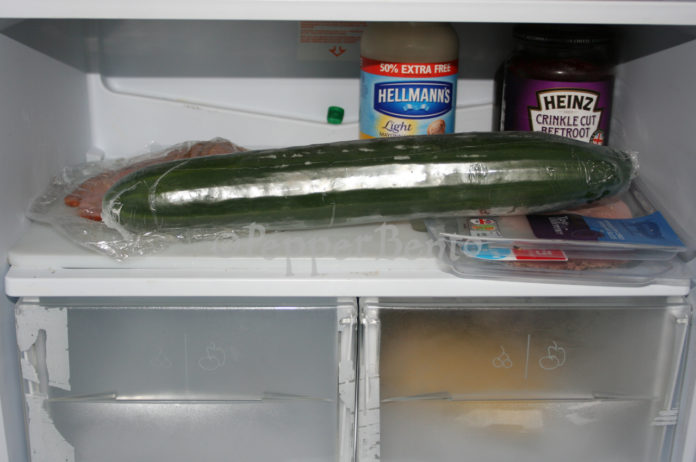
Cucumber in the fridge might get wilt and lose some of its taste over time. It’s better to leave it on the kitchen counter and perhaps pop them in the fridge minutes before eating them if you like yours cold.
19. Cereal
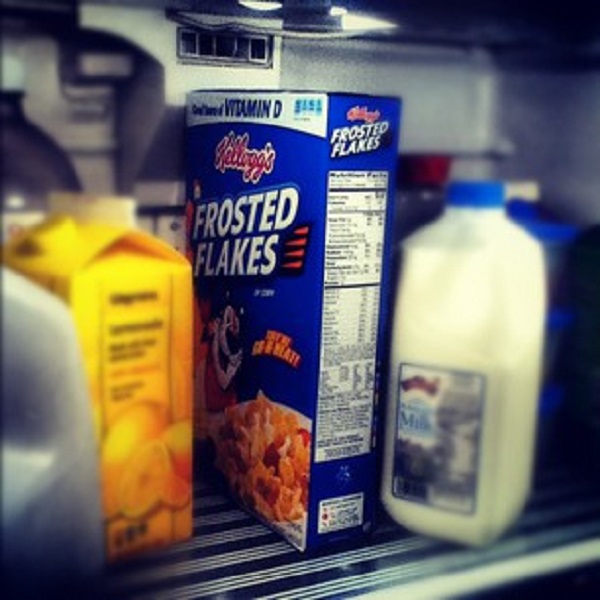
Most cereals will change texture and become soft if kept in the fridge. Even though they will still be edible, they will be less crunchy. But let’s be honest, who puts their cereals in the fridge anyway?
18. Pumpkins
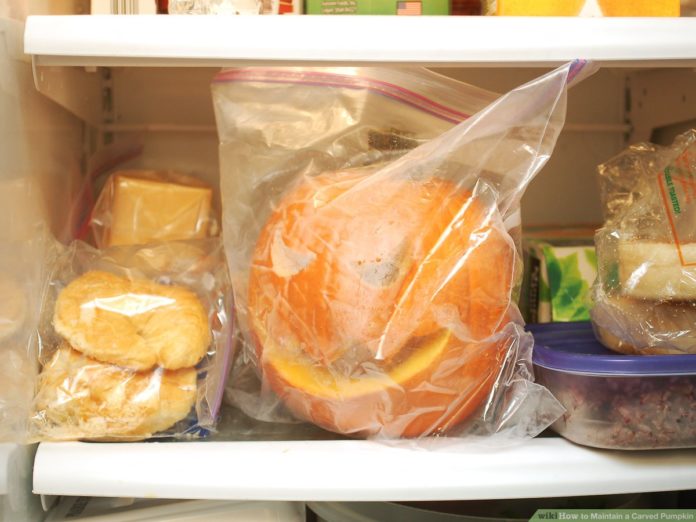
Some people might want to keep small and medium-sized pumpkins in the fridge to preserve them. However, low temperatures can easily damage them. They must be stocked in a dry and cool -but not cold- place.
17. Apples
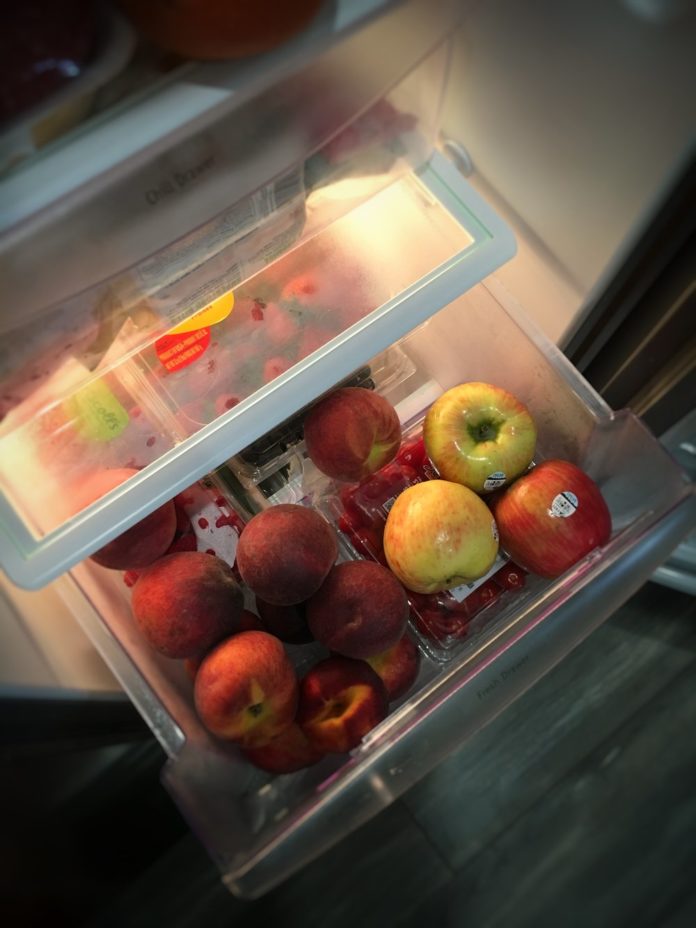
Apples release ethylene which makes vegetables as well as other fruits ripen prematurely. If you plan on eating them in a week or less, it is best to keep them at room temperature. Otherwise, the fridge will help preserve them longer, just keep them away from your other produce.
16. Spices
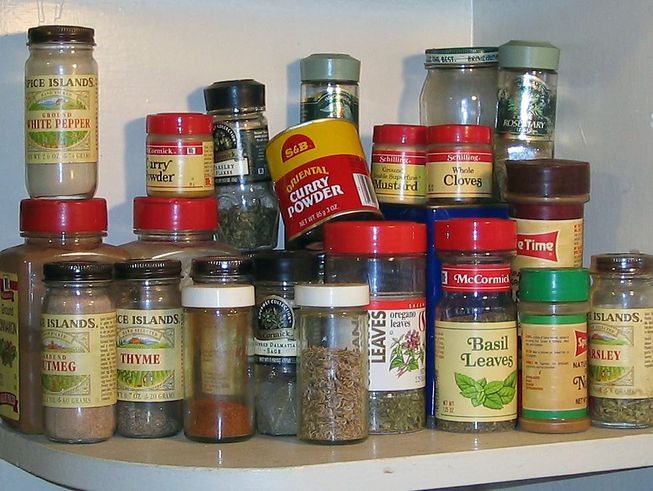
Most ground spices can be kept for many years in the pantry. Not only is there no advantage in stocking spices at a colder temperature, but it can also lose some of its flavour.
15. Pears
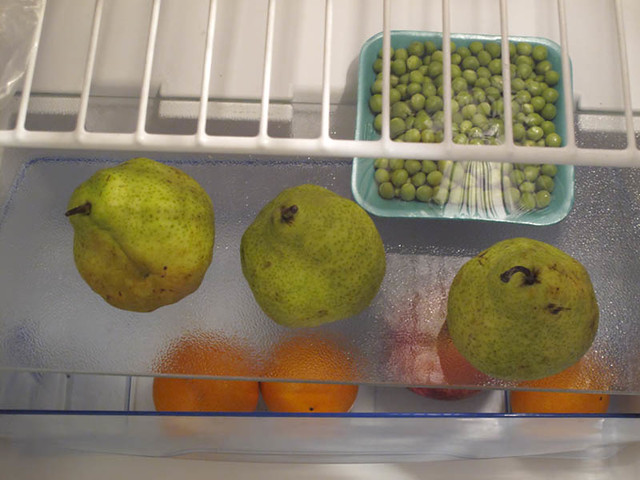
Some people prefer eating their fruits cold. However, pears store in cold temperatures can lose their crunchy texture. To prevent them from getting soft, keep them on the counter.
14. Hot peppers
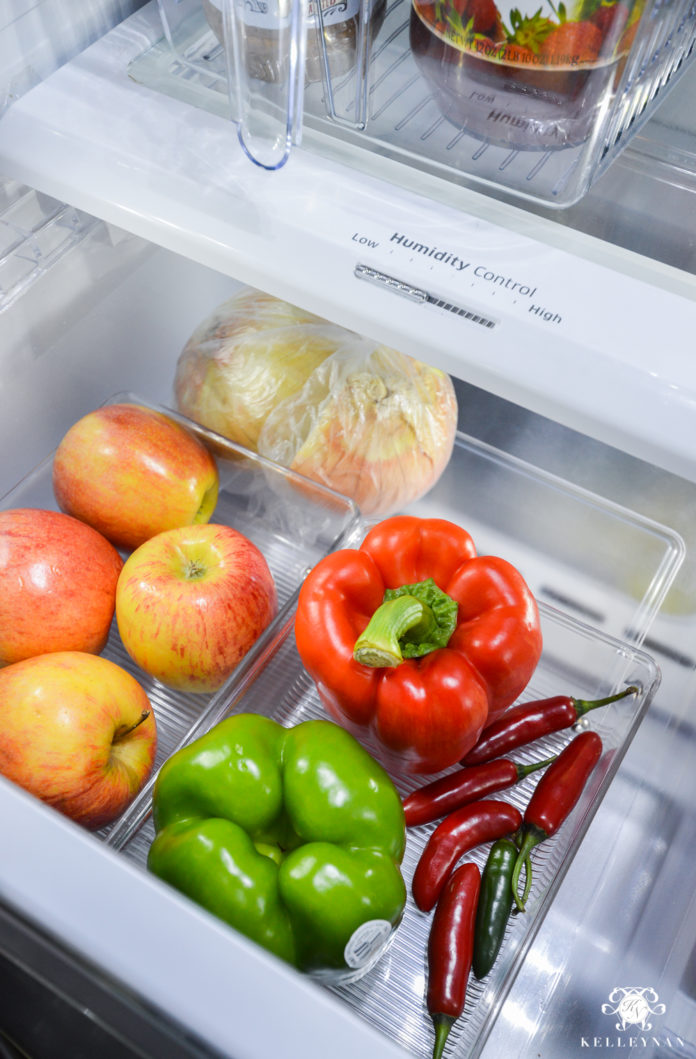
Keeping hot peppers in the fridge to preserve and improve their taste is a myth. It is actually a bad idea as the cold can reduce the crunchy texture of these vegetables. Instead, keep them in a paper bag to keep them dry.
13. Soya sauce
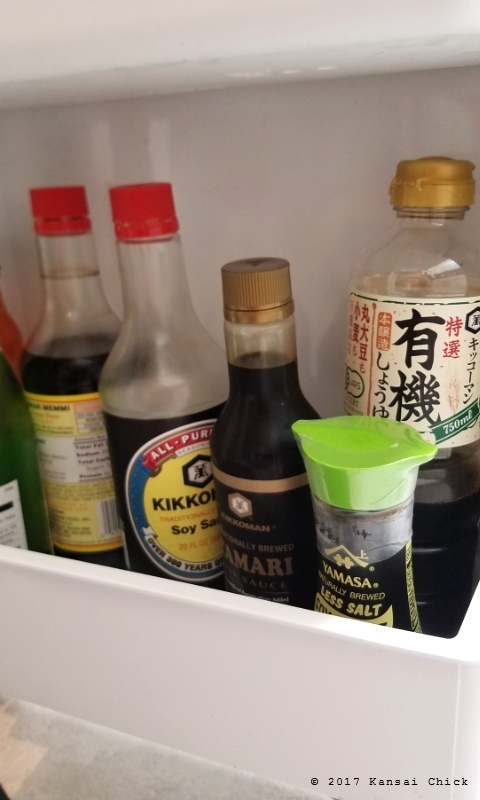
Preserve soy sauce by keeping it in a cool, dry place, far from sun rays. But not quite as cold as the fridge, unless you don’t mind sacrificing a little extra flavour.
12. Flour
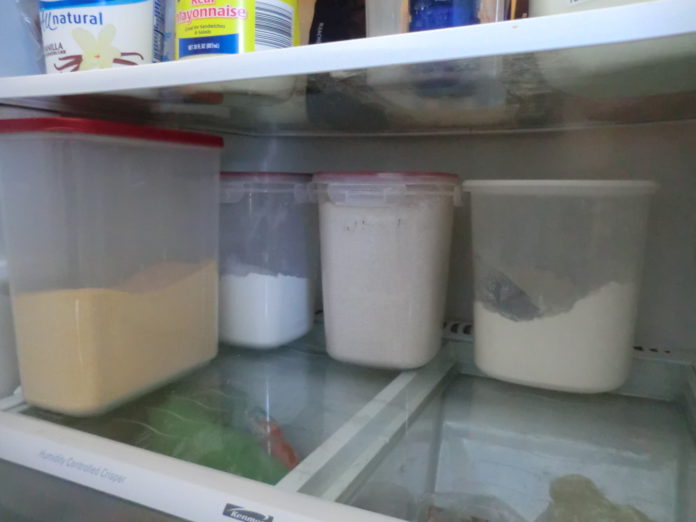
Flour won’t be damaged by colder temperatures, but it is simply not necessary to keep it in the fridge. Simply keeping all types of flour in an airtight container is best.
11. Bread
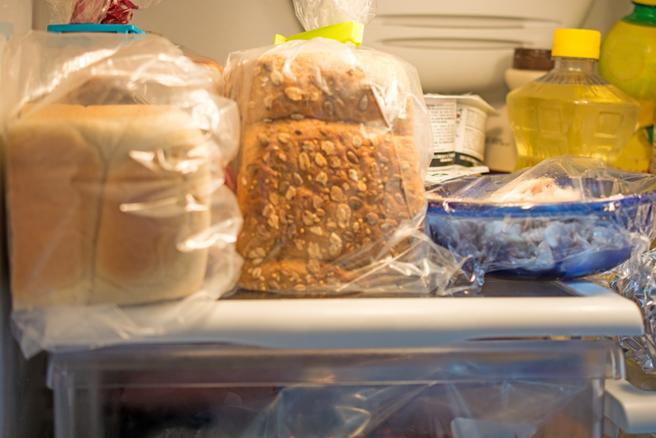
Bread in general, but especially fresh bread, gets stale more rapidly when put in the fridge. Leave it in its original package and keep it on the counter, in a breadbox or in the pantry.
10. Eggs
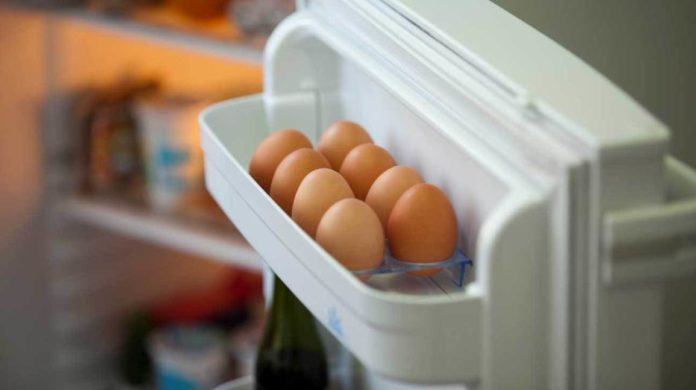
Whether you should keep your eggs in the fridge greatly depends on your habits. If you buy in small quantities and eat them fast, keep them on the counter, they will have a better taste and texture. Otherwise, the refrigerator will preserve them longer.
9. Beef Jerky
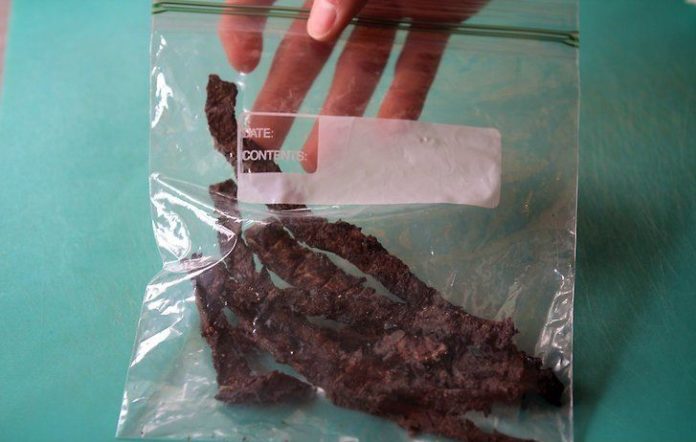
Even if dried beef is technically meat, it does not belong in the fridge. Most of the humidity has been eliminated and therefore can be kept sealed at room temperature for about a year. Once opened it should be eaten within a week.
8. Honey
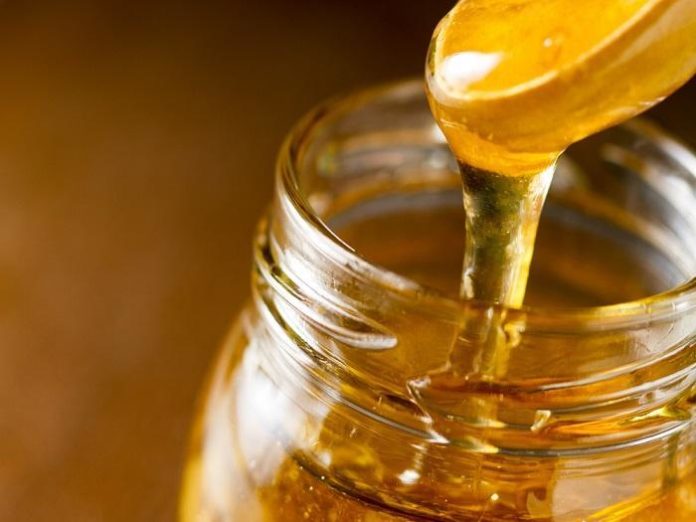
The cold will make your honey crystallize, which is impractical and unpleasant. Besides, it keeps perfectly fine at room temperature. Just make sure the pot is closed properly.
7. Citrus
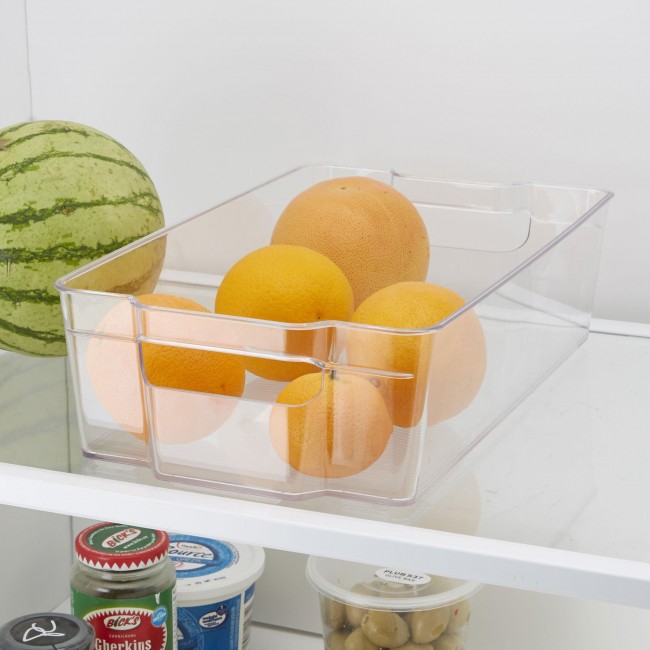
Citrus prefer room temperature, so don’t leave them in the fridge. Just keep them out of direct sunlight and give them some breathing space between each other for optimal preservation.
6. Jam
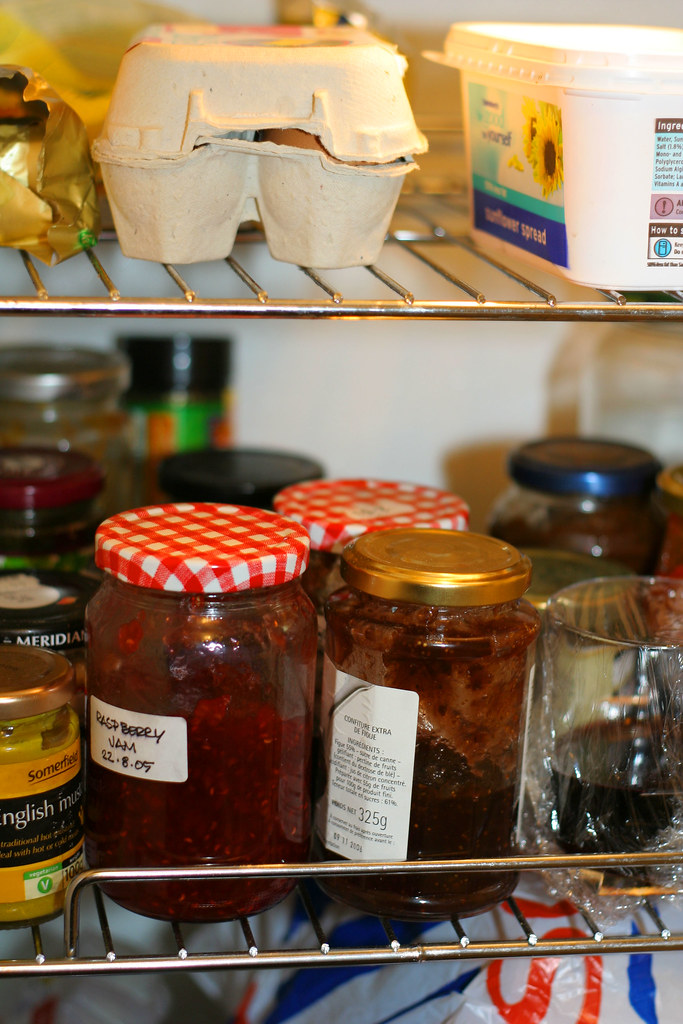
Store-bought jams and jellies are, unfortunately, filled with preservatives, so to prevent that strange runny liquid that forms on top of refrigerated jam jars, just leave it in the pantry.
5. Melons
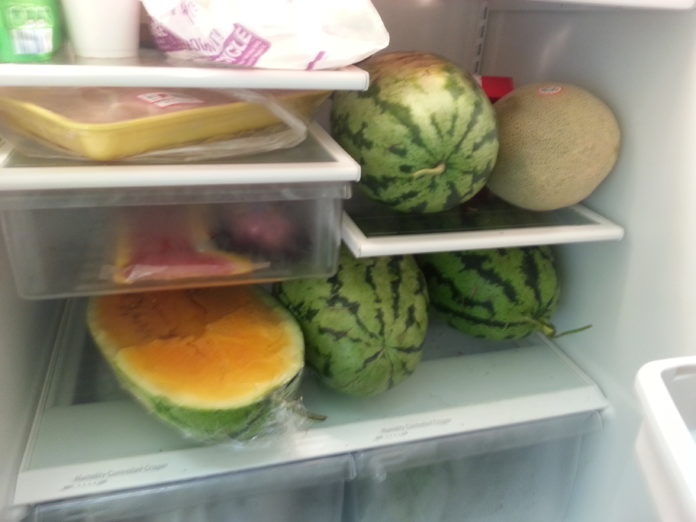
You should keep your melons, all melons, at room temperature until they are sliced. Once you’ve cut one, keep it in the fridge.
4. Cake

Everybody hates the word moist, but love their cakes to be just that. So keep the adjective where it belongs: out of your mouth and into your cake, which should be kept on the counter, in a cake dome.
3. Dried fruits
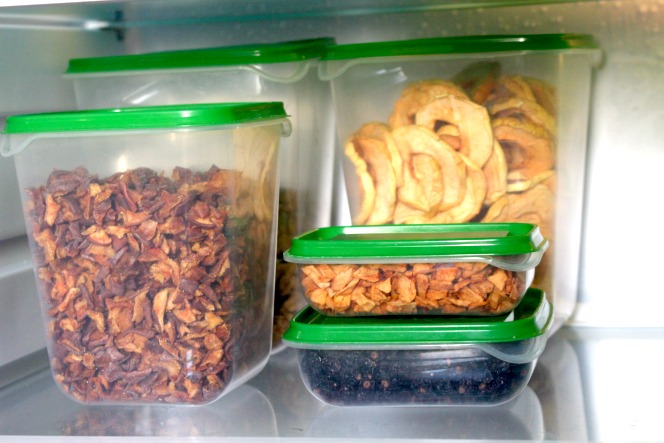
Don’t break your teeth on cold rock hard dried fruits. Keep them in the pantry. They will last just as long, but will remain soft and flavorful.












